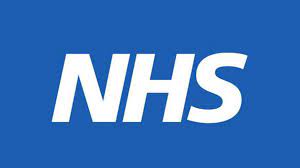Between 40-44 years
- 04 Dec 2023
- 1 Minute to read
- Print
- PDF
Between 40-44 years
- Updated on 04 Dec 2023
- 1 Minute to read
- Print
- PDF
Article summary
Did you find this summary helpful?
Thank you for your feedback
NICE refers to the age range for an early menopause being between 40-44 years.
The BMS states that diagnosis of an early menopause should be based on:
- Age 40–45 years (age range is slightly higher compared to that used in NICE guidance).
- Menopausal symptoms.
- No or infrequent periods of more than 3 months duration.
- Elevated FSH levels (>30IU/L) on two blood samples taken 4–6 weeks apart.
NICE states FSH levels should not be checked in a woman using HRT, combined contraception or a high dose progestogen. For more information see section use of FSH levels.
NOTE:
- Diagnosis can be more difficult in women using hormone treatments or in women with a prior history of endometrial ablation or hysterectomy. These women will have altered or absent bleed patterns. For more information see flowchart in: The 2023 Practitioners Toolkit for Managing Menopause on page 7.
- If in doubt, refer to a menopause specialist.
References and Further Information:
- National Institute for Health and Care Excellence. Guideline. Menopause (update). Draft for consultation, Nov 2023.
- NICE CKS guidance. Diagnosis. Diagnosis of menopause and perimenopause. Last revised September 2022.
- NICE Menopause: diagnosis and management. Section 1.2.4. Diagnosing and managing premature ovarian insufficiency. Last updated December 2019.
- Menopause Practice Standards produced by the British Menopause Society (BMS), Royal College of Obstetricians and Gynaecologists (RCOG), Society for Endocrinology (SfE), Faculty of Sexual and Reproductive Health (FSRH), Faculty of Pharmaceutical Medicine (FPM) and Royal Pharmaceutical Society (RPS) 2022.
Was this article helpful?

